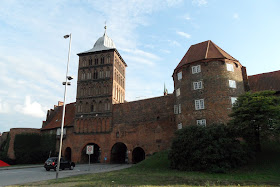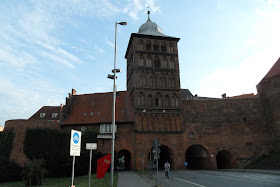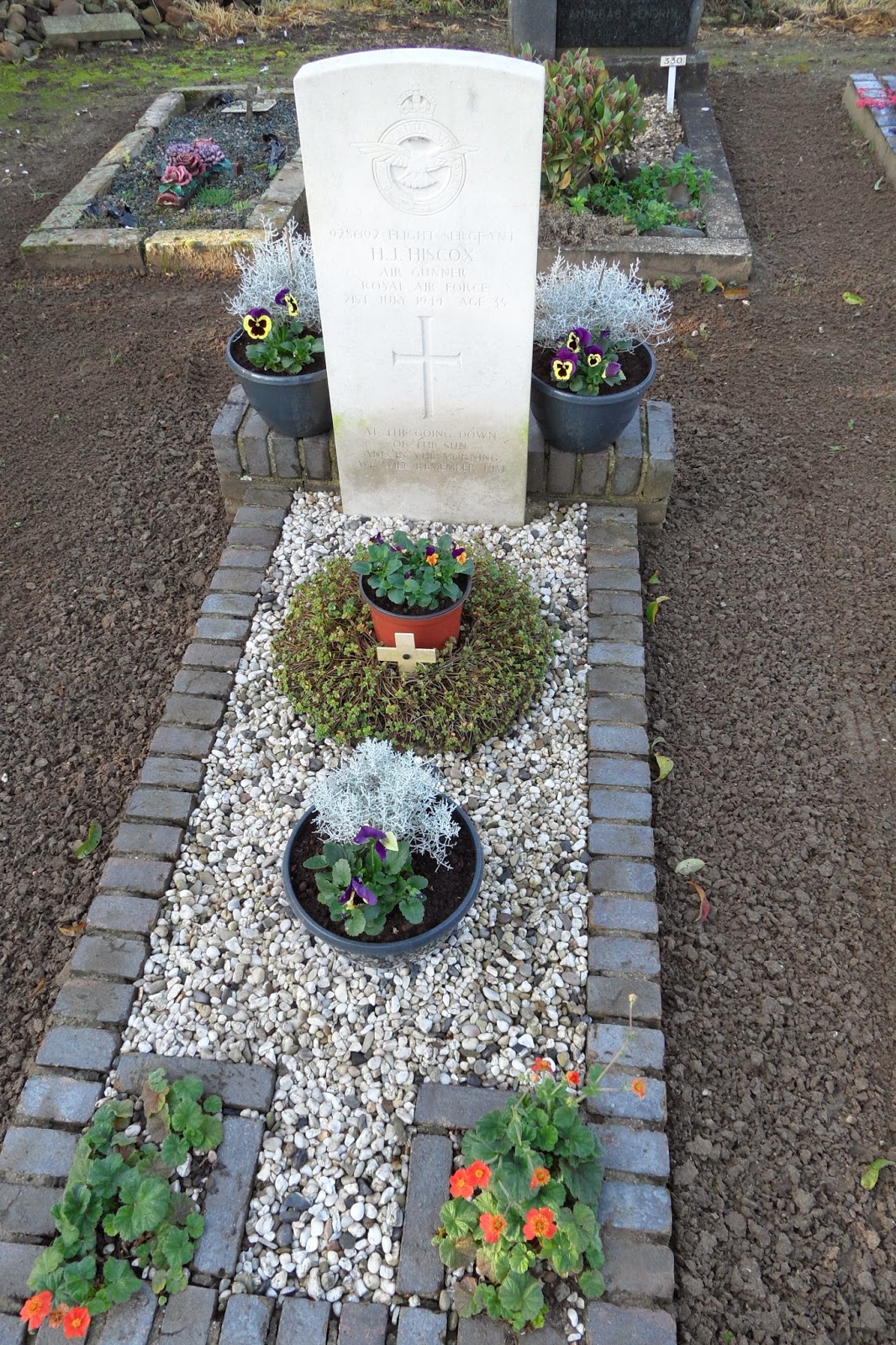So yesterday I had a wasted Crisis, but in the positive sense of the word: three Leffe Blond got me quite happy in the late afternoon. But it was mostly talking to some people I had been looking forward to meet.
 |
| Leo explaining the Samurai game to Bert and Jan-Willem |
First of all, I had great time in the car with Dick, Michel and Hans, discussing games and possible purchases. Dick, thanks for the lift! At the TFL stand I finally met Sidney Roundwood, who was very generous in more than one way. Can´t wait to get to the UK once more. There's a not so flattering pic of us on the
Pijlie's blog. That post is a nice reflection on Crisis as well.
At the well attended meeting with members of the
Dutch Miniature Wargames facebook group, I spoke to Julius, who will be off to Turkey for four years. And Fred, who's just moved to Amersfoort. I finally
handed
René the copy of Okko I promised him a year ago. It was good to see Leo, Arvid, Jan-Willem, Bert and Joop having so much fun at the Samurai participation game at the Karawansaray stand.
 |
Arvid on the right, also in explanatory mode.
Joop on the left composing a Haiku |
Gerrit told me about the differences between paper, wood and resin buildings. Duncan had noticed my purchase of Haïtian revolutionaries and maroons and was demanding a follow up article. Jasper divulged that the book on the Duke of Alva that I'm looking forward will be presented in Madrid in three weeks to to one of his offspring. The most awesome news I got was that Neil had taken two young kids into his care. A very brave and very admirable thing to do!
I spent much of the afternoon getting to know Mats and Jos in the bar. Discussion ranged from maroons to 17th century flags to the Hoeken & Kabeljauwen to public relations and the raising of somebody else's kids. We seemed to agree on the 'state of the hobby' which is characterised by many willing to create valuable things for nothing and many willing to pay too much for very little. Think of the brilliant stuff put online for (almost) free and the prices people are willing to pay for GW stuff.
That is not a market in which many people can make a living. For most of the miniature manufacturers, rules designers and small publishers it is more a work of love in their spare time rather than a good living. The hourly 'wages' are only acceptable because it is something they love doing and the recognition they get from buyers and players. That also means that their web shops are occasionally badly done, that they have no presence on social media, that you can only pay cash at their stands. All of that costs them customers.
Some small shops will keep coming and going. Occasionally one will rise above the amateurism and take a significant slice of the pie, like Fantasy Flight and Z-Man in boardgames or Battlefront in miniatures. But Mats was right when he raised questions on the long term future of wargaming if miniature manufacturers, writers and publishers fail to link up to the experiences of new generations of gamers. It's not lethal to the hobby I guess, but the Golden Age we seem to experience right now, might be one that doesn't last forever.
 |
| A better look at the beautiful table |
This blog is characteristically short of images. I just didn't take many as I spent more time talking that walking aroudn. You can see all the pretty stuff at the blogs of
Little Lions and
Paint In.















































